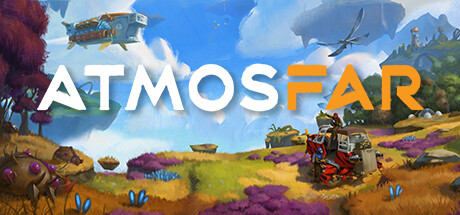News Liste ATMOSFAR
Release:
Genre:
Simulation
Entwickler:
Apog Labs
Vertrieb:
Apog Labs
Engine:keine Infos
Kopierschutz:keine Infos
Franchise:keine Infos
Einzelspieler
Mehrspieler
Koop
